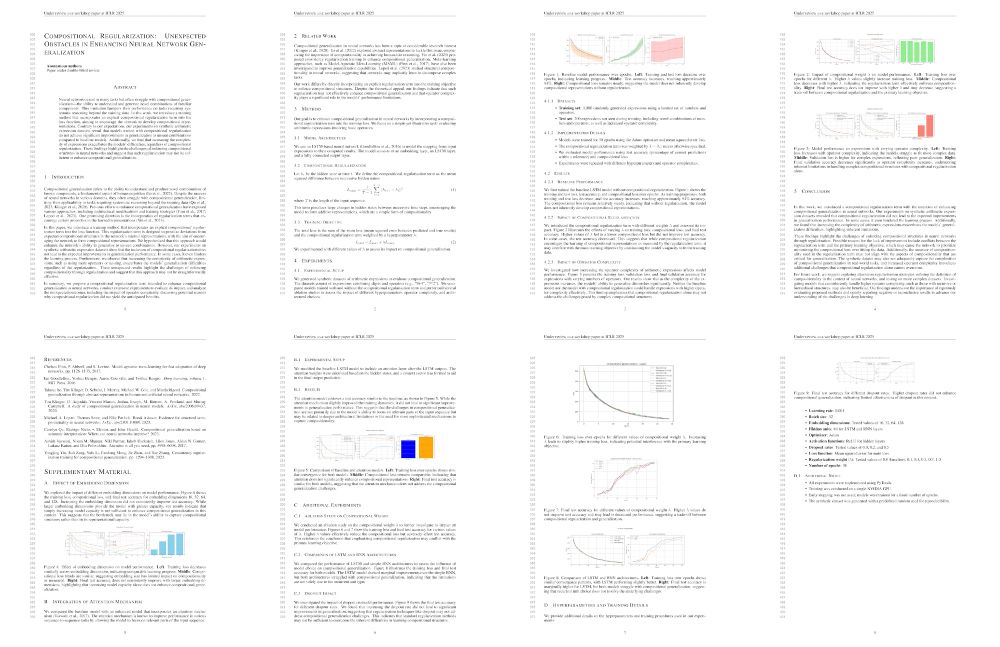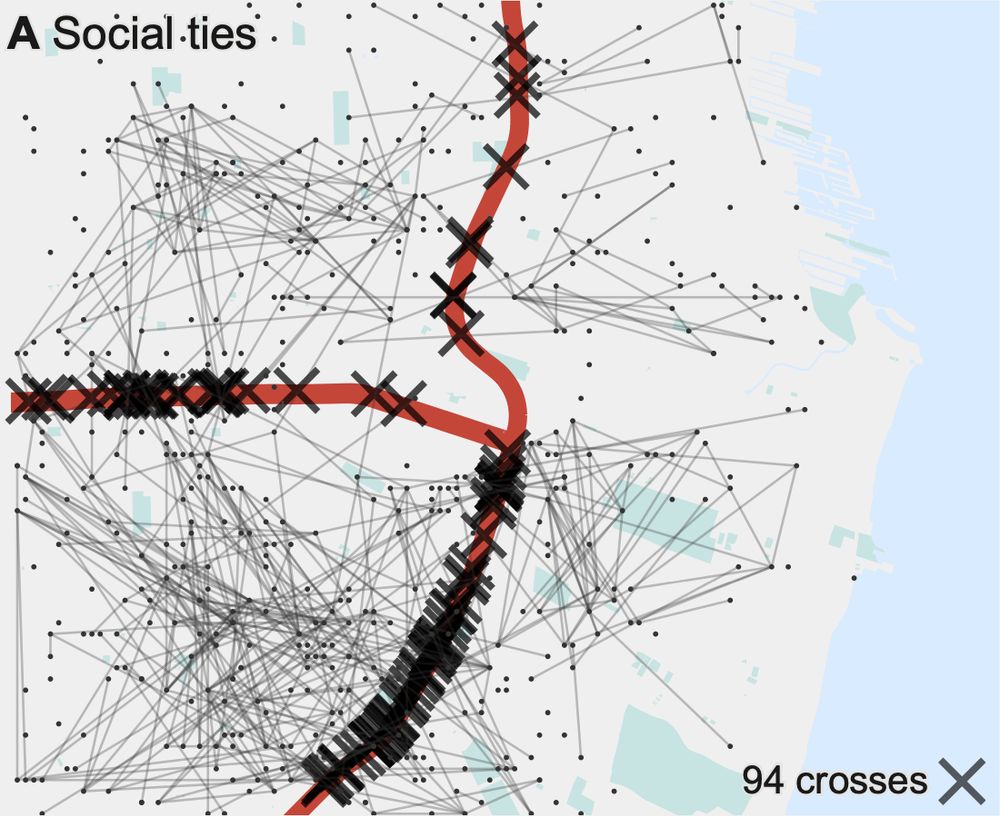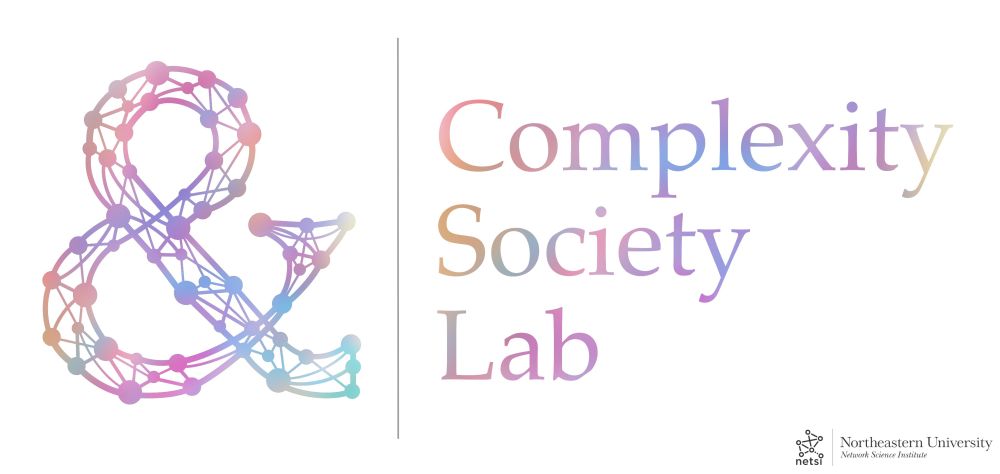Louis Boucherie
@louisboucherie.com
420 followers
220 following
9 posts
https://louisboucherie.com/
Posts
Media
Videos
Starter Packs
Pinned
Reposted by Louis Boucherie
Louis Boucherie
@louisboucherie.com
· Sep 1
Louis Boucherie
@louisboucherie.com
· Sep 1
Louis Boucherie
@louisboucherie.com
· Sep 1
Louis Boucherie
@louisboucherie.com
· Sep 1
Louis Boucherie
@louisboucherie.com
· Sep 1
Louis Boucherie
@louisboucherie.com
· Sep 1
Louis Boucherie
@louisboucherie.com
· Sep 1
Reposted by Louis Boucherie
Reposted by Louis Boucherie
Reposted by Louis Boucherie
Reposted by Louis Boucherie
Reposted by Louis Boucherie
Reposted by Louis Boucherie
Reposted by Louis Boucherie
Reposted by Louis Boucherie
arxiv cs.CL
@arxiv-cs-cl.bsky.social
· Jan 23
Reposted by Louis Boucherie
Reposted by Louis Boucherie
Reposted by Louis Boucherie
















